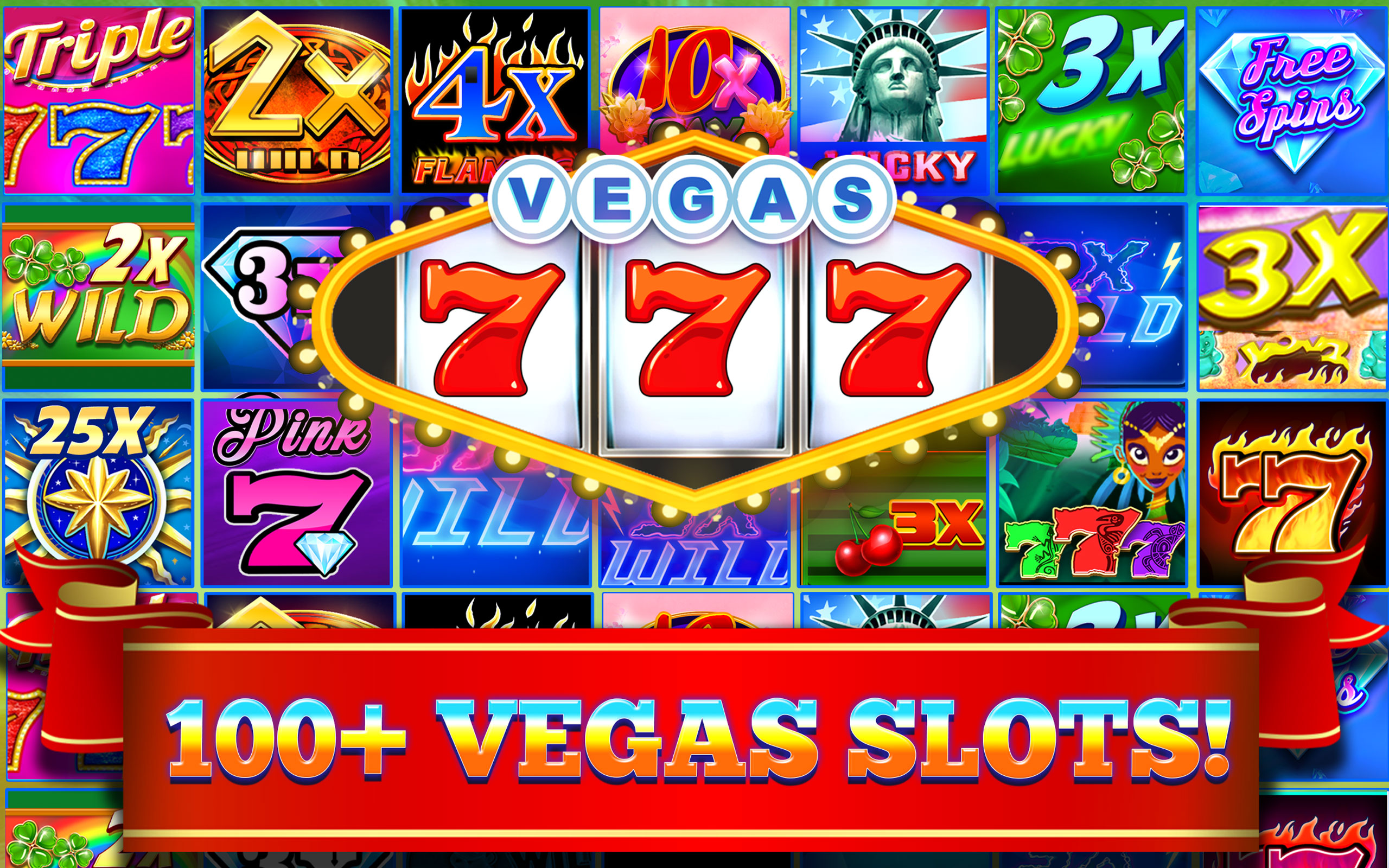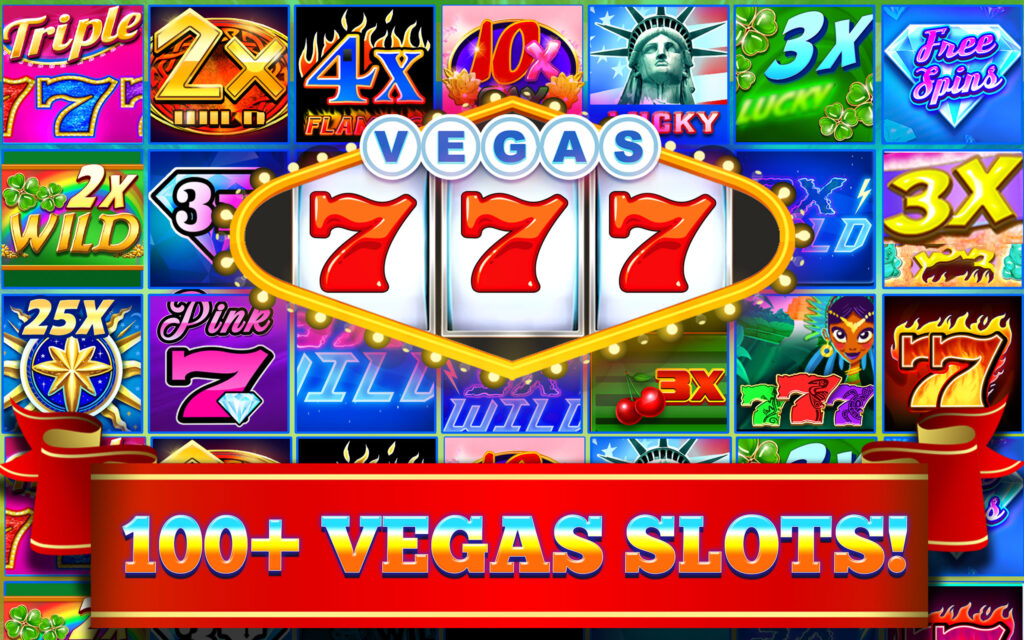There’s more than meets the eye in the world of online slots. These seemingly simple and entertaining games are not just a matter of chance; they are meticulously crafted to tap into the human psyche. The psychology behind slot game design is a fascinating and complex subject that combines art, science, and a deep understanding of human behavior. In this article, we will delve into the various aspects of online slot design and how it influences our decisions and emotions.
The Allure of Visuals and Themes
Online slots often feature captivating visuals and themes that are designed to draw players in. Whether it’s the promise of a mythical adventure, a trip to a tropical paradise, or a journey through time, these themes create an immersive experience that keeps players engaged. The use of vibrant colors, intricate animations, and enticing symbols all contribute to the game’s visual appeal.
The Element of Sound
Sound plays a crucial role in slot game design. The auditory cues, such as the spinning of the reels and the celebratory jingles when you win, trigger a dopamine release in the brain. This neurochemical response is responsible for the pleasurable sensations associated with winning, making players more likely to continue playing.

The Role of Randomness
While online slots may seem like a game of skill, they are, in fact, based on randomness. The use of Random Number Generators (RNGs) ensures that each spin is independent of the previous one, creating an unpredictable experience. This unpredictability keeps players engaged and hopeful, as they never know when they might hit a big win.
The Illusion of Control
Slot games often give players the illusion of control by allowing them to choose the number of paylines and the bet amount. This sense of agency can make players feel like they have a strategy, even though the outcome remains largely random. It’s this illusion of control that keeps players coming back for more, as they believe they can influence their chances of winning.
The Power of Near Misses
One of the most intriguing aspects of slot game design is the use of near misses. These are instances where the symbols on the reels come close to forming a winning combination but need to catch up. The brain interprets near misses as almost-wins, triggering a sense of anticipation and excitement. Players are more likely to keep playing hoping to achieve that elusive win.
The Influence of Payout Ratios
Payout ratios, or Return to Player (RTP) percentages, are a crucial element in online slot design. Higher RTP slots tend to pay out more over time, providing players with a sense of fairness and better odds. Game designers carefully balance the RTP to keep players engaged without giving away too much, maintaining a delicate equilibrium.

The Role of Progressive Jackpots
Progressive jackpots are a powerful tool in slot game design. These continuously growing prizes create a sense of community among players, as they all contribute to the jackpot pool. The prospect of winning a life-changing sum of money is a potent motivator, leading many players to try their luck and keep spinning the reels.
Responsible Gaming and Player Protection
Recently, there has been a growing awareness of the potential harm associated with online slots. Game designers and operators are increasingly focused on responsible gaming measures to protect players from addiction and excessive spending. Features like self-exclusion options, session time limits, and reality checks are now common in online slot games to encourage responsible play.
In conclusion, online slot game design is a multi-faceted field that combines psychology, technology, and creativity. Game designers use a variety of techniques to engage players and keep them coming back for more. While these games can be entertaining and potentially rewarding, players need to approach them with caution and an awareness of responsible gaming practices. Understanding the psychology behind slot game design can help players make more informed decisions and enjoy these games responsibly.

